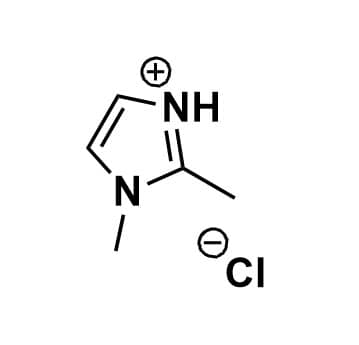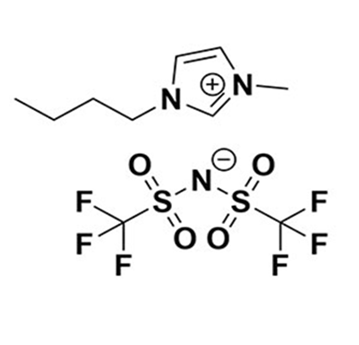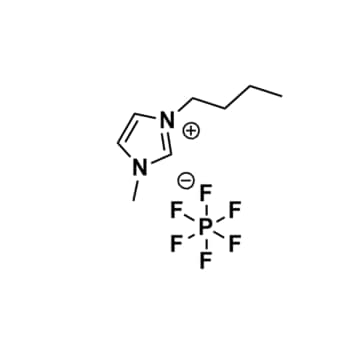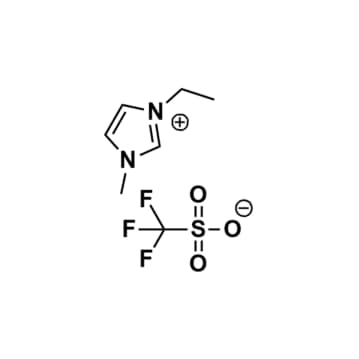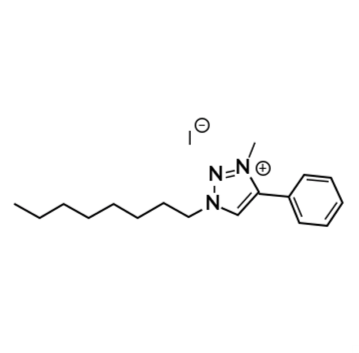1,2-Dimethylimidazolium chloride, >98%
Price range: $109.56 through $3,498.00
Product Code: IL-0277-SGCAS NO: 34531-53-8
- Chemical Formula: C5H9ClN2
- Synonyms: 1,2-DiMIM Cl
**This product will incur a $97.00 HazMat fee when the order is placed.**
Conductivity: NA
SUM Formula: C5H9ClN2
Molecular Weight: 132.59
Melting Point: >RT
Density: NA
ECW: NA
HMIS Key: NA
Viscosity: NA
- SPECIFIC GRAVITY: NA
- SUM Formula: C5H9ClN2
- Molecular Weight: 132.59
- Melting Point: >RT
- Density: NA
- ECW: NA
- HMIS KEY: NA
- TSCA: NA
- Viscosity: NA
1,2-Dimethylimidazolium Chloride, >98% (34531-53-8); Ionic Liquid
Key Applications
It can be used as a solvent for organic syntheses, such as the preparation of organic azides from primary amines and the aza-Henry reactions.
It can be used as a medium for metal extraction and electrodeposition, such as the deposition of copper oxide on a stainless steel substrate1. Copper oxide has potential applications in supercapacitors due to its high specific capacitance.
It can be used as a component of ionomer membrane actuators, devices that convert electrical energy into mechanical energy by using ionic liquids as electrolytes2. 1,2-Dimethylimidazolium chloride can form stable functional groups for alkaline anion exchange membranes (AAEMs), which have applications in fuel cells.
It can be used as a ligand for group 11 metal complexes, such as copper, gold, and silver, that can catalyze various organic reactions, such as hydroelement additions, element-element additions, carbo-element additions, hydrations, hydroaminations, hydroarylations, hyroalkoxylations, hydrocarboxylations, cyclizations, hydrofluorinations, and tandem reactions.
Contact us if you want to learn more or need assistance with your order.

